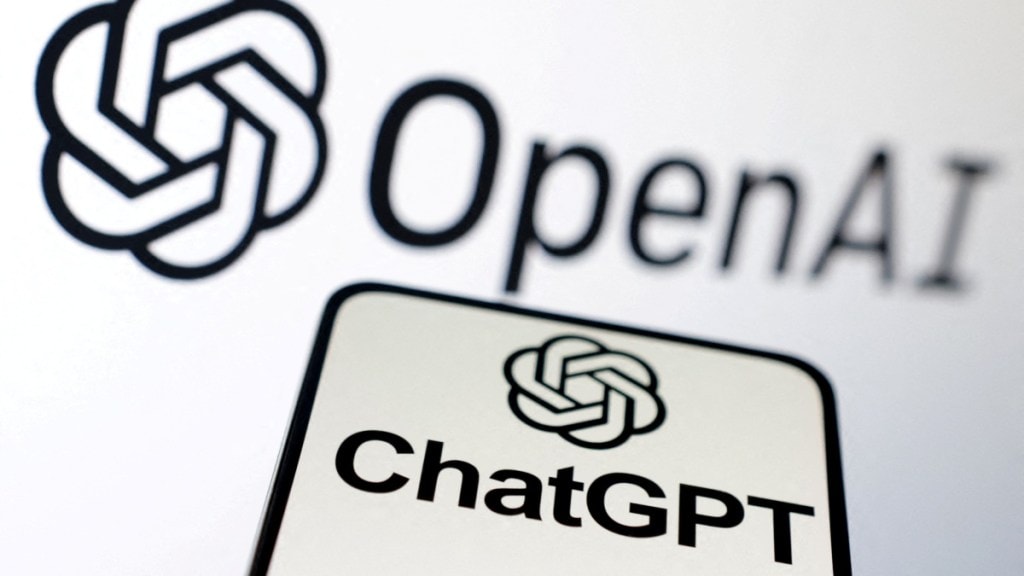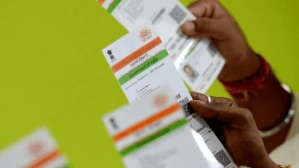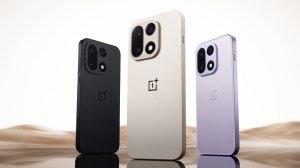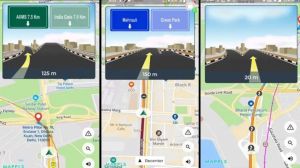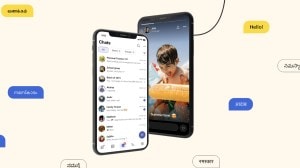Today, OpenAI revealed that their most recent text-generating model, GPT-4, is now generally accessible via its API. All current OpenAI API developers “with a history of successful payments” will be able to access GPT-4. By the end of this month, the business intends to grant access to new developers. Thereafter, availability constraints will start to increase “depending on compute availability.”
Also Read: OpenAI lobbies in the EU to reduce the AI regulatory burden
As per a blog post by OpenAI, since March, “millions of developers have requested access to the GPT-4 API, and the range of innovative products leveraging GPT-4 is growing every day. We see a time when any use case may be supported by chat-based models.”
GPT-4 performs at “human level” on a variety of professional and academic benchmarks and can generate text (including code) and accept image and text inputs, unlike the previous version of GPT-3.5, which only accepted text. Similar to earlier GPT models from OpenAI, GPT-4 was trained using data that was both publicly accessible and licenced by OpenAI.
Not all OpenAI clients currently have access to the image-understanding feature. Be My Eyes is the only partner OpenAI is testing it with at this time. However, it hasn’t said when it will make it available to a wider consumer base.
As pointed out in a report by Tech Crunch, it is important to remember that GPT-4 isn’t flawless, just as even the strongest generative AI models of today aren’t. It “hallucinates” information and occasionally does so confidently. Additionally, it fails at difficult challenges like including security vulnerabilities in the code it generates since it doesn’t learn from its mistakes.
As with several of OpenAI’s other text-generating models, GPT-4 and GPT-3.5 Turbo, one of its more recent but less capable text-generating models, which is one of the original models powering ChatGPT, will eventually allow developers to fine-tune the model using their own data. According to OpenAI, the functionality should be available later this year.
Furthermore, in six months, OpenAI will retire some of its earlier models that used the Completions API as part of increasing investment in the Chat Completions API and attempt at maximising compute capacity. While this API will still be usable, it will now be identified as “legacy” in the developer documentation. The company do not have any plans to publicly release new models utilising the Completions API; instead, they intend for future model and product upgrades to concentrate on the Chat Completions API. Older completion models won’t be offered after January 4, 2024.
Previously, the GPT-4 of ChatGPT had a function called “browse with Bing.” This feature allowed the AI chatbot to respond to queries and questions that went beyond September 2021. However, the company pulled the plug on the feature.
Browse with Bing was disabled because the feature was prone to generating error codes and messages. Further, it failed at times at reading the full text of any website and was not able to read any embedded document, like a PDF. ChatGPT, via its blog post, reassured that it is working and the feature would soon come; however, a lot of uncertainty still looms over it.
Follow FE Tech Bytes on Twitter, Instagram, LinkedIn, Facebook
